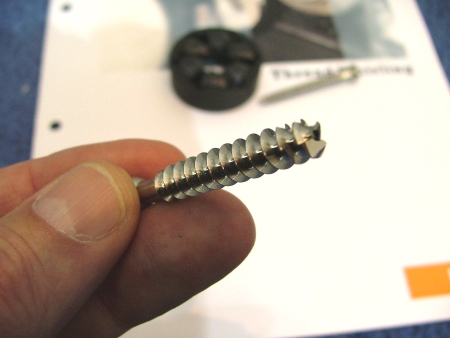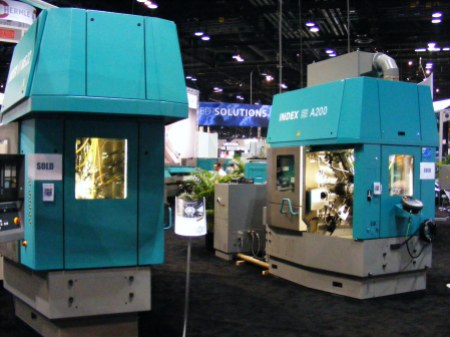Cold work is defined as the plastic deformation of a metal below its recrystallization temperature.
In the precision machining industry, cold working processes can include thread rolling, thread forming, swaging, crimping, staking, planishing, and metal spinning.
And the steel bars that we machine are typically cold drawn (cold worked.)
Our suppliers use cold work when cold drawing a bar from hot roll to make it more machinable.
How to recognize a cold work process: No heat is added and no chip is removed in the process of moving the metal into shape.
Cold working of steel
- changes its mechanical properties
- and improves its surface finish.
Tensile strength and yield strength are increased by the cold work while ductility (as measured by % elongation and % reduction in area decrease.
See our post here.
Steels with low carbon contents, low residuals, low Nitrogen levels, and made by the Basic Oxygen Process readily cold work- think 1008, 1010, etc..

Intentionally adding nitrogen can make predispose a part to cracking during cold work. If a part needs to be crimped, swaged, staked or otherwise cold worked after machining, You should make certain that the steel is not renitrogenized. (Nitrogen intentionally added during the melt process).
Also, make sure that the cold work in cold drawing was standard draft rather than heavy draft. Heavy draft reduces the ductility remaining in the bar- but makes the chips easier to separate.
We posted about these issues here.
More information on Nitrogen in free machining steels.







